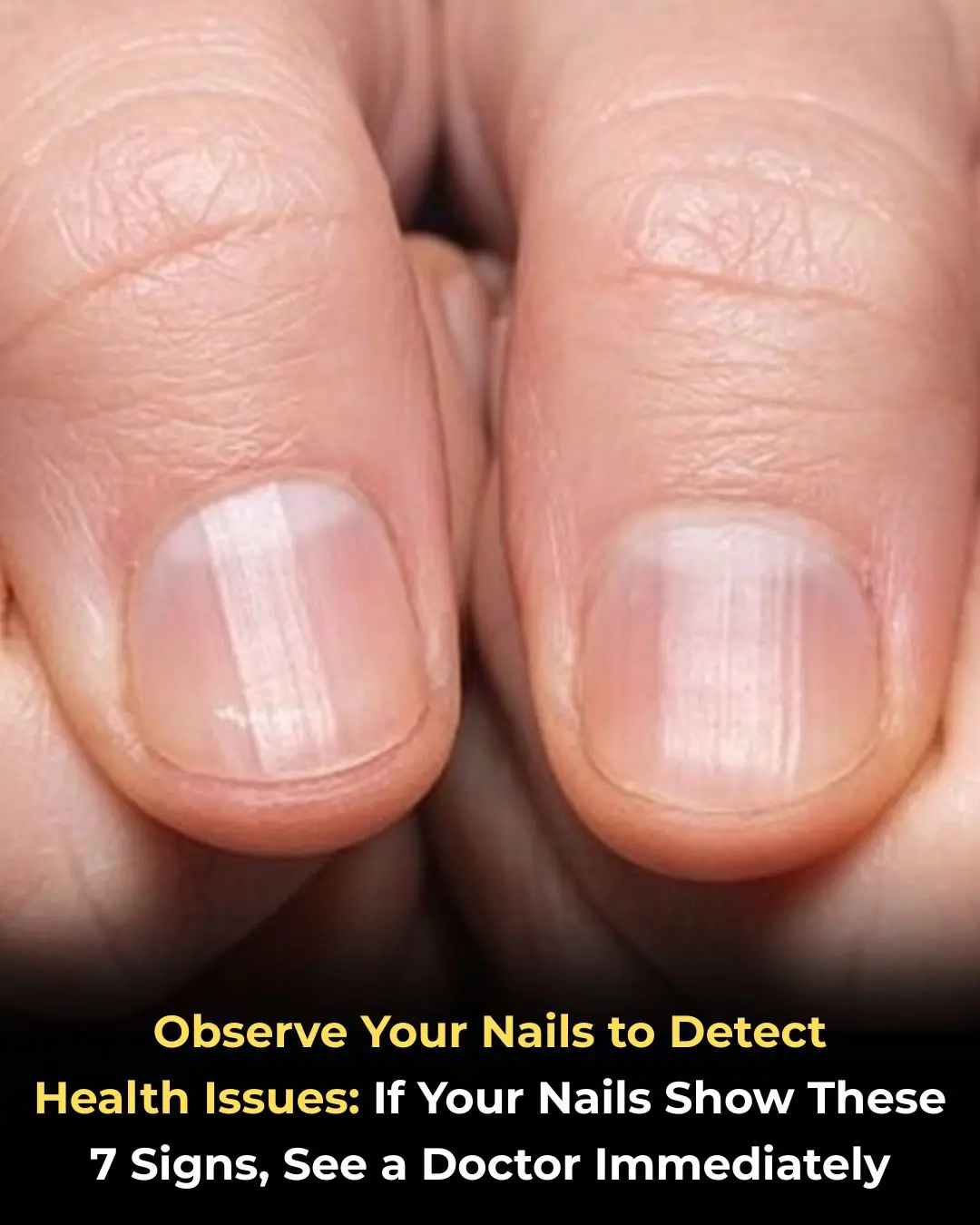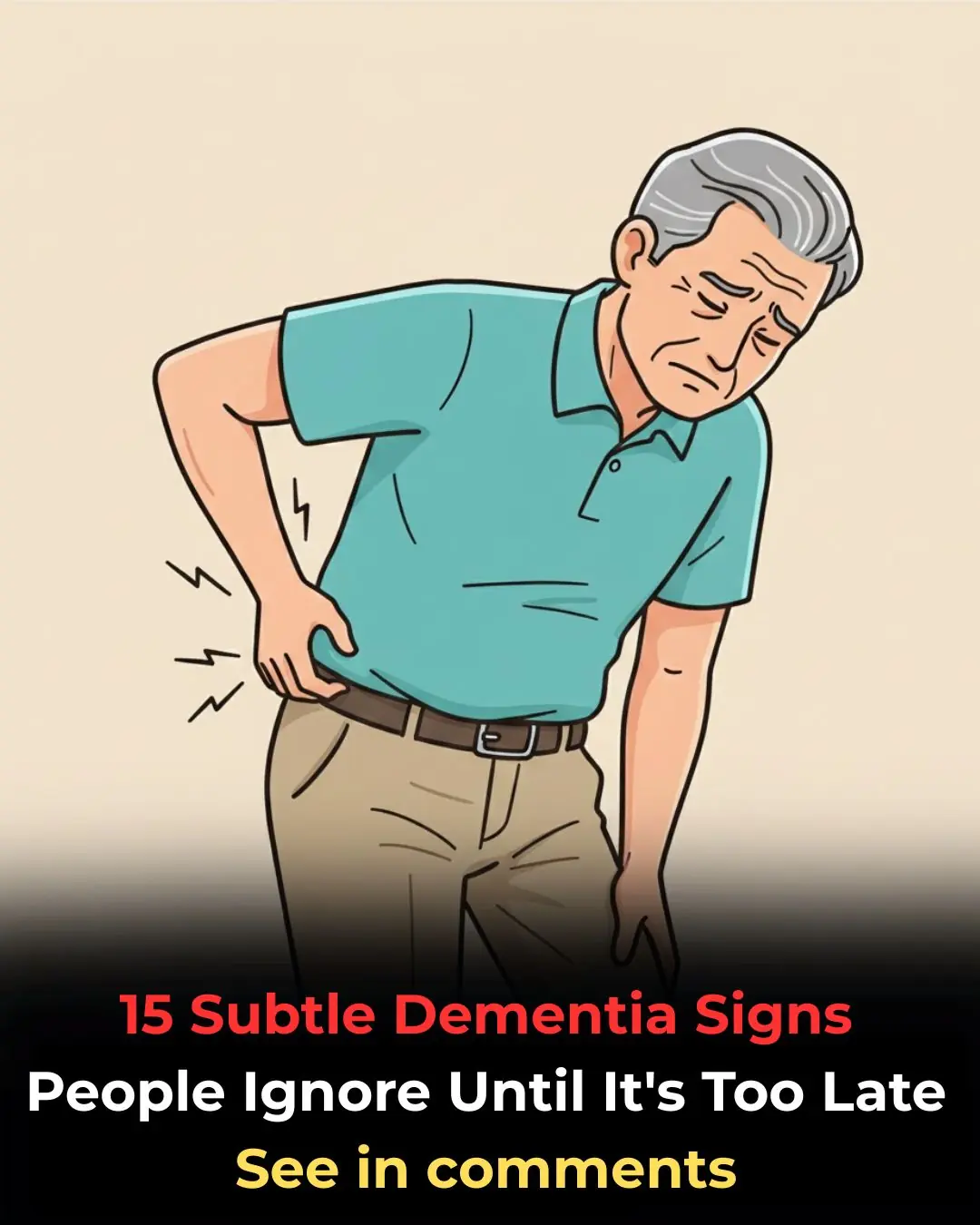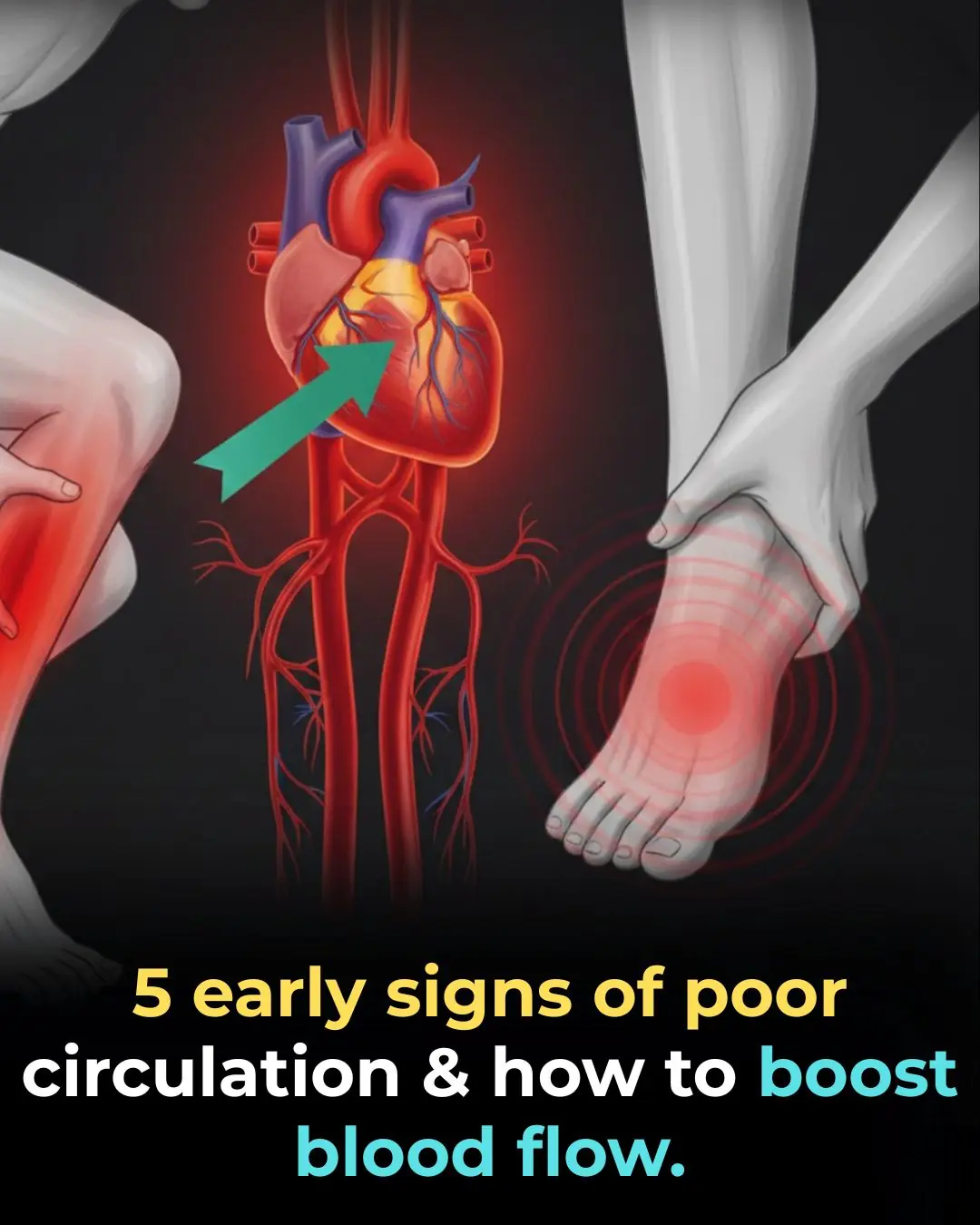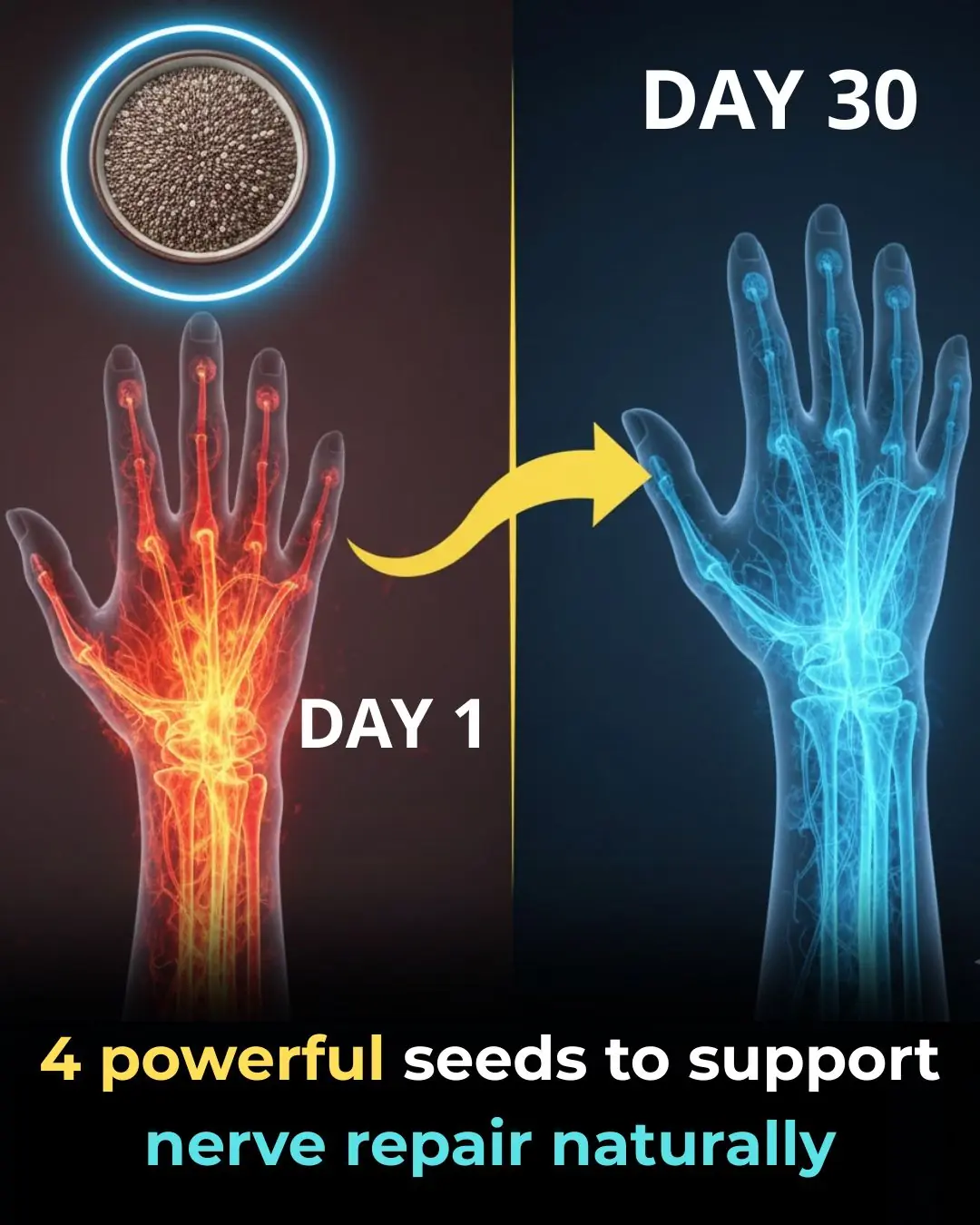
Why Do We Get Shocked by Static Electricity
Have you ever reached out to shake someone’s hand—or grabbed a doorknob—and suddenly felt that tiny, unexpected zap? It’s quick, surprising, and occasionally even a little painful. While it might seem random, that jolt has a perfectly reasonable scientific explanation. Let’s explore what’s really happening when static electricity strikes—and how you can minimize those pesky shocks.
1. That Little Jolt Has a Name
That spark you feel? It’s called static electricity—and it’s not a glitch in the matrix or your imagination. It’s simply your body releasing built-up electrical charge. In fact, static electricity is all around us, quietly at work in nature and even in technology.
Every time you experience that spark, it’s your body’s way of balancing energy. You’ve unknowingly carried an excess of electrons, and when you touch a conductor—like metal or another person—the energy quickly jumps to restore equilibrium. That tiny flash is physics in action.
2. Everyday Sparks: When Static Strikes
You encounter static electricity more often than you realize. The most common triggers include:
-
Shaking hands with someone
-
Taking off a sweater or jacket
-
Touching a doorknob, metal railing, or elevator button
-
Sliding out of a car seat (especially with synthetic upholstery)
Each time, friction causes electrons to transfer between materials. When your body later meets a neutral object, the stored energy discharges in an instant—cue the mini lightning bolt.
Fun fact: even pulling laundry out of a dryer can create tiny static sparks, which is why clothes sometimes cling together right out of the machine.
3. So, What Exactly Is Static Electricity?
Let’s break it down simply. Static electricity occurs when two materials with different electrical charges come into contact and then separate. One object gains extra electrons (a negative charge), while the other loses them (a positive charge).
If your skin has picked up extra electrons and you touch something neutral—or less charged—those electrons leap across the gap to balance things out. That quick movement of charge produces heat, light, and that telltale snap.
It’s the same principle that causes your hair to stand up when you rub a balloon against your head—your strands repel each other because they all carry the same charge!
4. Why Some Days Feel Extra Zappy
Not every day feels like an electrified adventure. Some conditions make static build-up far more likely:
-
Friction: Shoes on carpet, clothing rubbing on skin, or even blankets sliding across bedsheets.
-
Body moisture: Dry skin holds onto charge, while slightly moist skin allows electrons to dissipate.
-
Fabric choice: Synthetic materials (like polyester or nylon) trap charge more than natural fibers (like cotton or wool).
-
Movement: The more you move, the more charge you generate.
The Spanish National Institute of Occupational Safety and Health notes that the combination of movement, sweat levels, and the materials around you determines how easily static builds up.
In short, your “zap potential” depends on how you move, what you wear, and how dry your environment is.
5. Environment: The Hidden Factor
Have you ever noticed that static shocks are more common in winter? That’s no coincidence.
Cold air tends to be dry, and when we heat our homes, indoor humidity drops even further. This dryness prevents electrical charge from dispersing naturally, allowing it to accumulate on your skin and clothes. In contrast, humid air acts as a gentle conductor, helping excess charge dissipate before it can surprise you.
Even your flooring plays a role: carpets and rugs love static, while tile or wood surfaces reduce it.
6. Is It Dangerous?
For most people, static shocks are completely harmless—just a momentary jolt that surprises more than it hurts. However, in rare cases, people with pacemakers or implanted medical devices should be cautious. Although the chance is low, a sudden discharge could theoretically interfere with the device’s electrical function.
In industrial or laboratory environments, static discharge can pose real hazards—potentially igniting flammable vapors or damaging sensitive electronic components. That’s why technicians often use antistatic wrist straps or grounding mats to safely discharge electricity.
7. Believe It or Not—We Actually Use Static Electricity
Static electricity isn’t just an everyday nuisance; it’s also a valuable tool. Many modern technologies rely on controlled static charges to function:
-
In textile manufacturing, static charges help align and bond fibers for smoother fabric.
-
In laser printers and photocopiers, static attracts toner particles to paper with precise accuracy.
-
In air filters and painting systems, static helps attract dust particles or evenly spread paint.
So the same principle that causes you to flinch from a doorknob spark also helps your printer produce crisp, clean pages!
8. How to Reduce Static Shocks
If you’re tired of those sudden zaps, a few small lifestyle tweaks can help:
-
Moisturize daily: Hydrated skin disperses charge better.
-
Use a humidifier: Maintain indoor humidity around 40–50%.
-
Wear natural fabrics: Cotton and wool reduce static buildup.
-
Avoid rubber-soled shoes on carpets: Leather soles are less prone to generating static.
-
Touch metal frequently: This helps discharge small amounts of static before it builds up.
Even simple habits—like lightly misting your clothes with water before drying—can make a noticeable difference.
9. Final Thoughts: A Zap of Science
That tiny spark you feel when shaking hands or touching a doorknob isn’t magic—it’s pure physics. Static electricity is your body balancing energy, influenced by what you wear, how dry the air is, and the materials around you.
So, the next time you reach out and feel that surprising zap, you can smile instead of flinching. After all, it’s just the universe reminding you that even the smallest sparks are powered by science. ⚡
News in the same category


Why wood—not diamonds—is the universe’s rarest treasure

A Nearby Earth-Sized World Raising New Hopes for Habitability

How Finnish Forest Kindergartens Let Kids Thrive in Any Weather

Taiwan Researchers Develop Promising Hair-Regrowth Serum With Dramatic Lab Result

Pick the Breakfast You’d Eat

Why Some Children Don’t Visit Their Parents Often

The Hidden Fish Puzzle That’s Stumping the Internet

So this is what it does, here is the answer

The Hidden Details in Women’s Underwear — And What They Really Mean

Experts reveal that eating bananas in the morning cause

Why Cutting Your Own Hair Is About More Than Just Saving Money

Why Are Tree Trunks Painted White

Penguins Reject Cheaper Fish as Japanese Aquarium Tries to Cut Costs

I Thought I Found Insect Eggs Under My Bed

Emirates Airlines: A Legacy of Unmatched Safety and Reliability in Aviation

Dragon Bravo Fire: Arizona's Megafire Threatens the Grand Canyon and Beyond

The zodiac signs with a supernatural sixth sense… See now

Mussel Beds: New Zealand's Natural Solution for Ocean Health and Sustainability

Understanding Anemia: More Than Just Fatigue and Weakness
News Post

12 Early Warning Signs of Dementia You Shouldn’t Ignore

Bernie Sanders Has Called For A Four-Day, 32-Hour Working

The Surprising Heart-Healing Power of Olive Oil, Chia Seeds, and Cayenne Pepper

5 early signs of poor circulation & how to boost blood flow

How to Use Garlic to Get Rid of Pests: Mice, Flies, Lice, Cockroaches, Lizards, Mosquitoes, and Kitchen Cockroaches

5 early warning signs of pancreatic cancer, according to survivors

Drink this to STOP joint pain naturally

Top 6 Neuropathy Remedies (Peripheral Neuropathy Home Remedies)

10 daily habits that are silently destroying your kidneys

Pineapple Mango Ginger Lemon Juice: Benefits, Nutrition & How to Make It

Saffron boosts mood and libido naturally

How to Support Your Kidneys Naturally Using 1 Teaspoon of Baking Soda

Can a Honey–Chia Drink Support Kidney Health? Benefits, Recipe & Daily Tips

Euphorbia Hirta (Asthma-Plant): Traditional Uses, Applications & Emerging Insights

Nails: What Do They Reveal About Your Health

The surprising power of 4 seeds to repair your nerves naturally

Don’t Throw Away Date Seeds – Here’s Why They’re So Powerful

Avocado Seed: Cleanse Your Body and Strengthen Your Heart Naturally

Stop Shaving! Discover Natural & Long-Lasting Hair Removal for Face & Body
